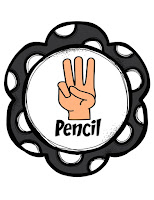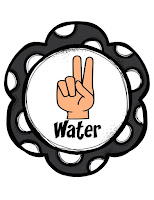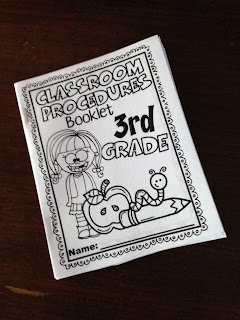Back to School Tip #2
Classroom Organization
Classroom organization starts with the physical arrangement of the classroom. How will you arrange the student desks? Where will you do small group instruction? Do you have a large area or carpet to bring your students together? Where are your stations, centers and classroom library? You want to arrange your physical space so your procedures and routines are easy to carry out.
Classroom procedures and routines need to also be in place. Procedures and routines are how things are done in the classroom. Students must know from the very first day of class what they are expected to do and how to do it. You can use a checklist to help remember which routines and procedures are important for to directly teach when you start back to school. Here is a sample of a back to school checklist.
All of these classroom procedure items can be found in my Classroom Procedures and Routines Packet. This contains the checklist for beginning the year, the Hand Signal Posters, a Student Booklet for students to use as they learn your procedures and routines and Task Cards for a Scoot Game to practice what they learned.
For other Back to School Teacher Tips click the link below:
Back To School Teacher Tip #1: Building Relationships
Back To School Teacher Tip #2: Classroom Organization
Back to School Teacher Tip #3: Classroom Expectations
Back To School Teacher Tip #4: Meet the Teacher
Back To School Teacher Tip #5: First Day of School
Until Next Time.......














No comments
Post a Comment